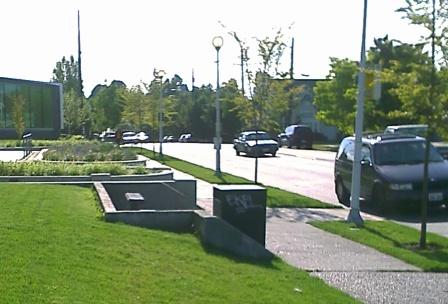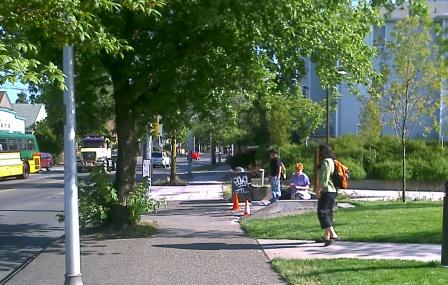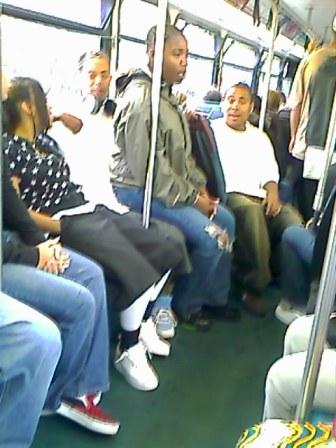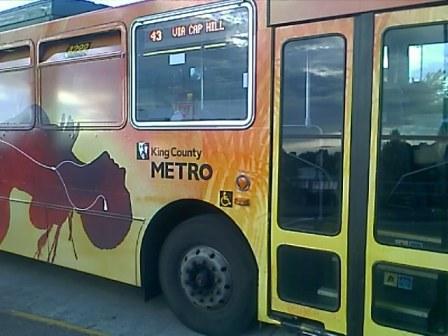 This month’s Golden Transfer goes to my hometown, Seattle, WA (aka the 2-0-sickness), which has permanently designated Third Avenue as a transit-only corridor–during peak commute hours, that is.
This month’s Golden Transfer goes to my hometown, Seattle, WA (aka the 2-0-sickness), which has permanently designated Third Avenue as a transit-only corridor–during peak commute hours, that is.
From a Mayor’s Office press release:
SEATTLE – Based on the outstanding success in moving buses quickly and efficiently through downtown, Mayor Greg Nickels today announced that local transit agencies will continue to use Third Avenue as a priority corridor when the transit tunnel reopens in September.
The decision to continue prioritizing bus service on Third Avenue during peak hours will allow King County Metro Transit to reorganize surface bus routes and balance transit traffic across downtown. Eighteen bus routes will move to the tunnel when it reopens.
Hallelujah!
And that’s not all. In September, when the tunnel routes return to their retrofitted home, some routes that currently run on First, Second, and Fourth avenues will be moved to Third, speeding up those routes, freeing more street space for displaced cars, and (most importantly) making it easier to bus riders to figure out where the heck to go to catch the routes they’re looking for. (For details, check out the tunnel page on Metro’s site.)
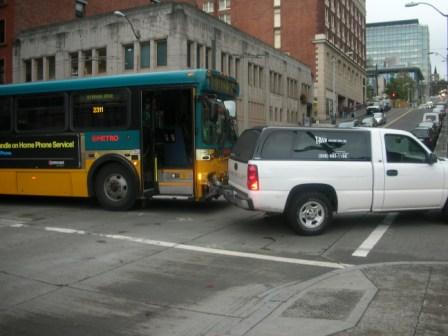
SOVs: Don’t let this happen to you.
So thanks to my city, for identifying a relatively painless way to move more people through the downtown core more quickly. Maybe one day, in the not-too-distant future, Third Avenue will be closed to cars all day.
Hey–a bus chick can dream, can’t she?

